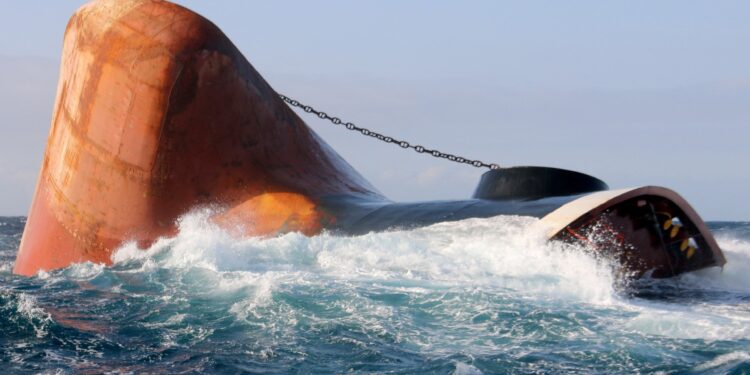Commodity trade is facing its first post-Covid shock, with Houthi attacks on ships in the Red Sea. While there has been no significant rise in inflation from the attacks, it is not guaranteed to continue if the disruptions persist for a long time or begin to hamper overland logistics.
“We believe markets are underestimating the risk of higher freight rates,” economists at Nomura, led by George Moran in London, wrote in a research note. “(But) our model suggests there could be significant upward pressure on inflation.”
For central banks around the world that have started or are preparing to cut interest rates, any return of consumer price inflation would pose a major challenge, and what could help policymakers is the intensive efforts of the maritime industry to address imbalances.
The Houthis began targeting ships heading to Israel in response to its war on the Gaza Strip, but the pace of targeting expanded to include ships of countries that formed an alliance to strike the group and curb its attacks, most notably the United States of America and Britain.
Backup plans
“The thing I’ve learned over the last two years is don’t expect stability, and when things get too quiet, make sure you have backup plans in place,” said Asun Star, Globe Electric’s vice president of operations. “You have to be more forward-thinking.”
Six months of attacks on ships in the Red Sea have highlighted the fragility of global trade, and few experts expected it to last long.
Although the disruptions haven’t reached the levels seen during the pandemic, importers warn they will eventually have to pass the costs on to consumers, and the recent disruptions are another incentive to move production closer to points of sale, according to Bloomberg.
New high
Greg Davidson, co-founder and CEO of New York-based Lalu, a baby-products company that ships hundreds of containers a year from Asia, said the highest he’s ever paid to ship a 40-foot container was about $21,000 in 2022, and he expects prices to rise again to $20,000, from the $9,000 he recently paid.
“If container prices go up to that level again, it will create some inflation on a given amount of cargo,” Davidson added.
Signs of pricing pressure are already emerging, with US producer prices rising slightly more than expected in June.
The latest crisis comes as wholesalers and retailers in the United States and Europe rush to stock up ahead of the holiday and back-to-school shopping seasons, made more difficult by the threat of higher U.S. tariffs on Chinese imports.
“The only silver lining here is a better understanding of the problem we still face,” said Stephen Lamar, president of the American Apparel & Footwear Association, which represents more than 1,000 leading brands. “That doesn’t mean the problem is any easier to manage or deal with.”
Europe’s Challenges
European companies are feeling the effects, due to their proximity to the Red Sea.
DFS Furniture, a UK furniture retailer, issued a profit warning last month, saying disruptions in the Red Sea had led to higher shipping costs and delayed deliveries.
Fredrik Dahlborg, head of Stockholm-based AdLife AB, said it was working with suppliers on “significant” backlogs and was building up stockpiles in some cases. But there are signs that the latest shipping crisis may be nearing its peak.



